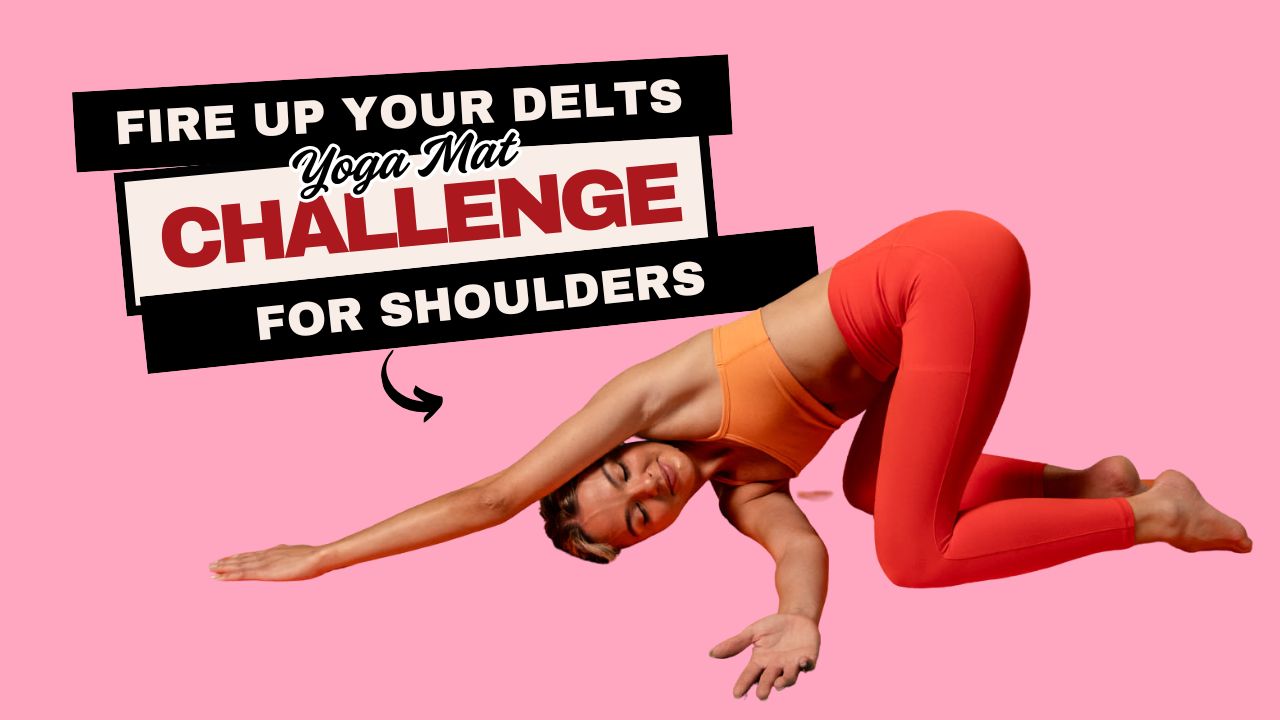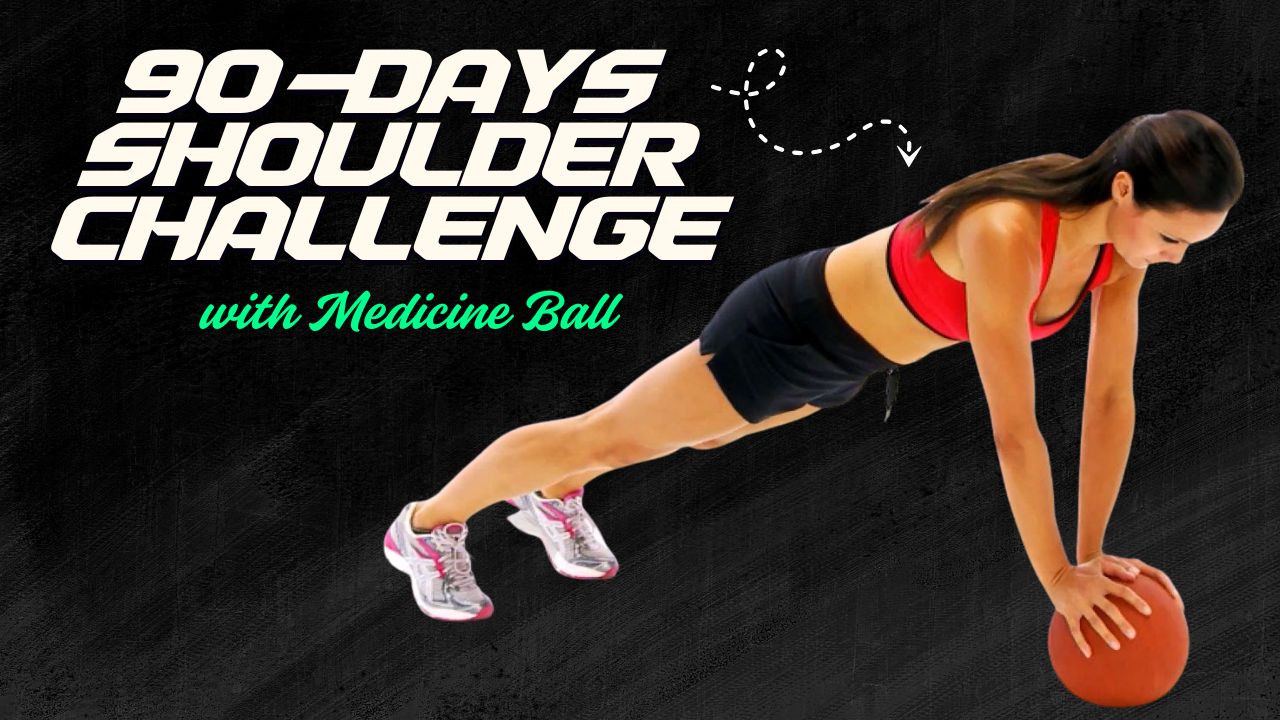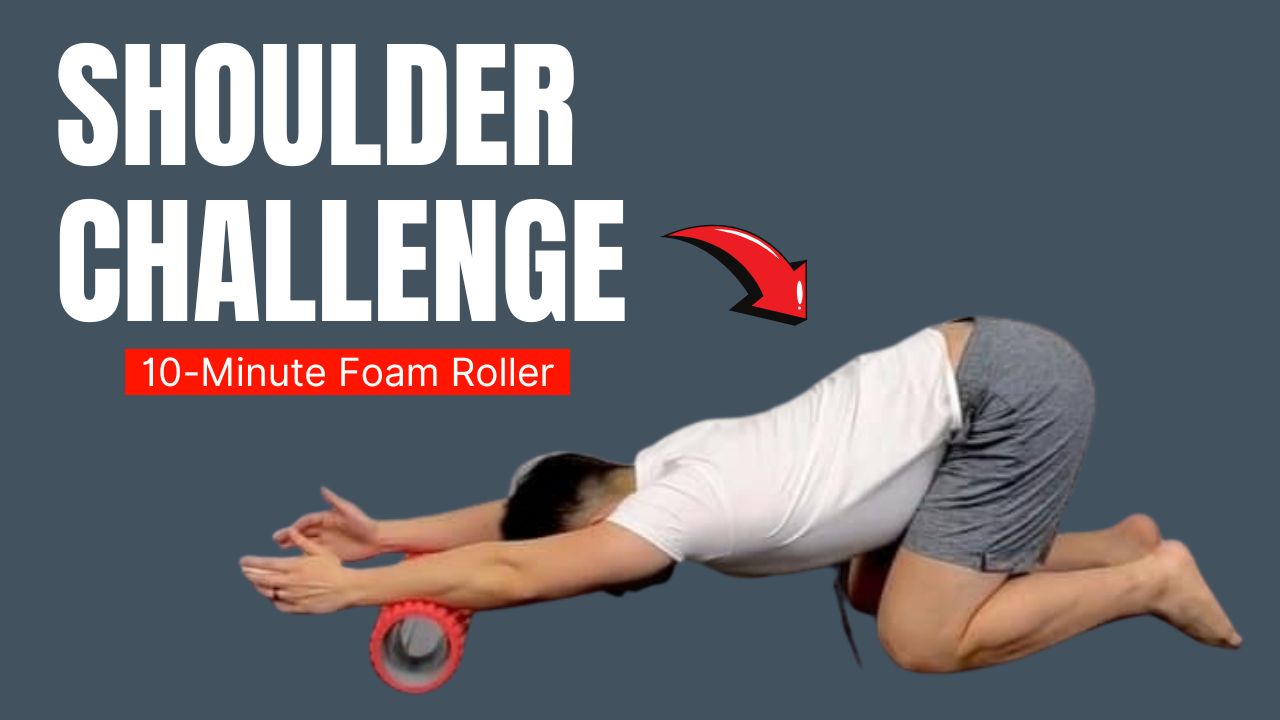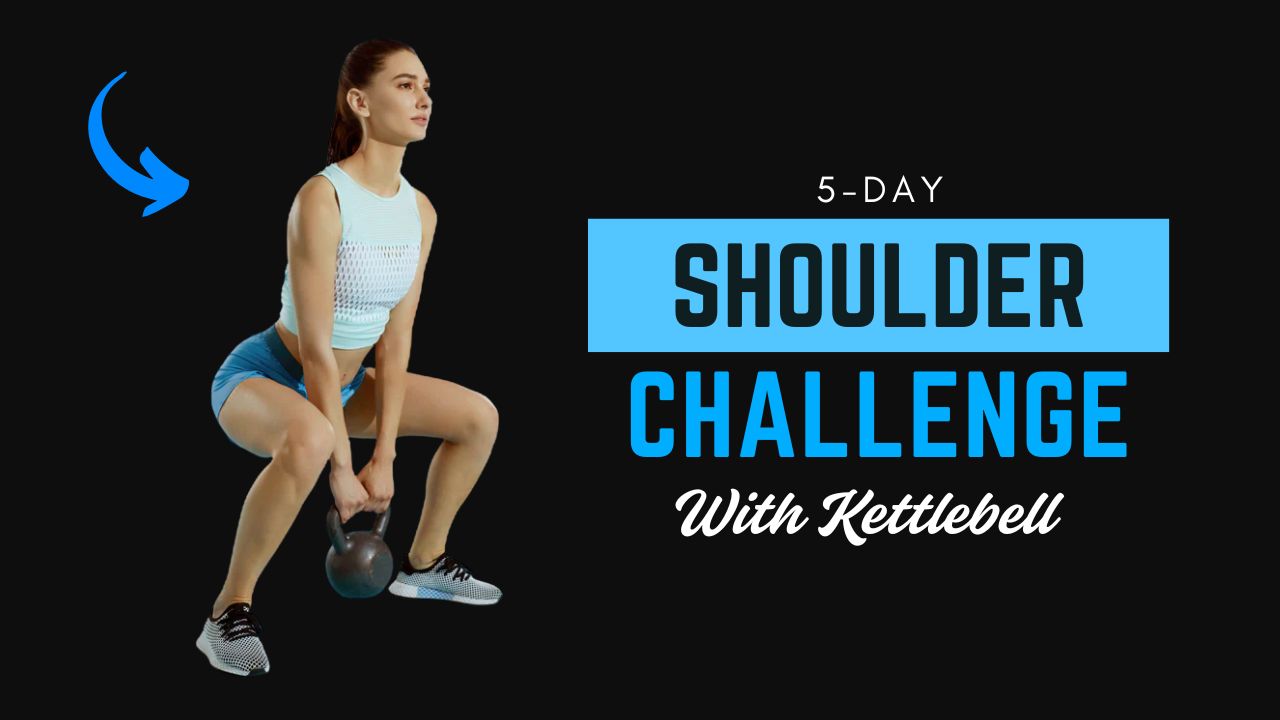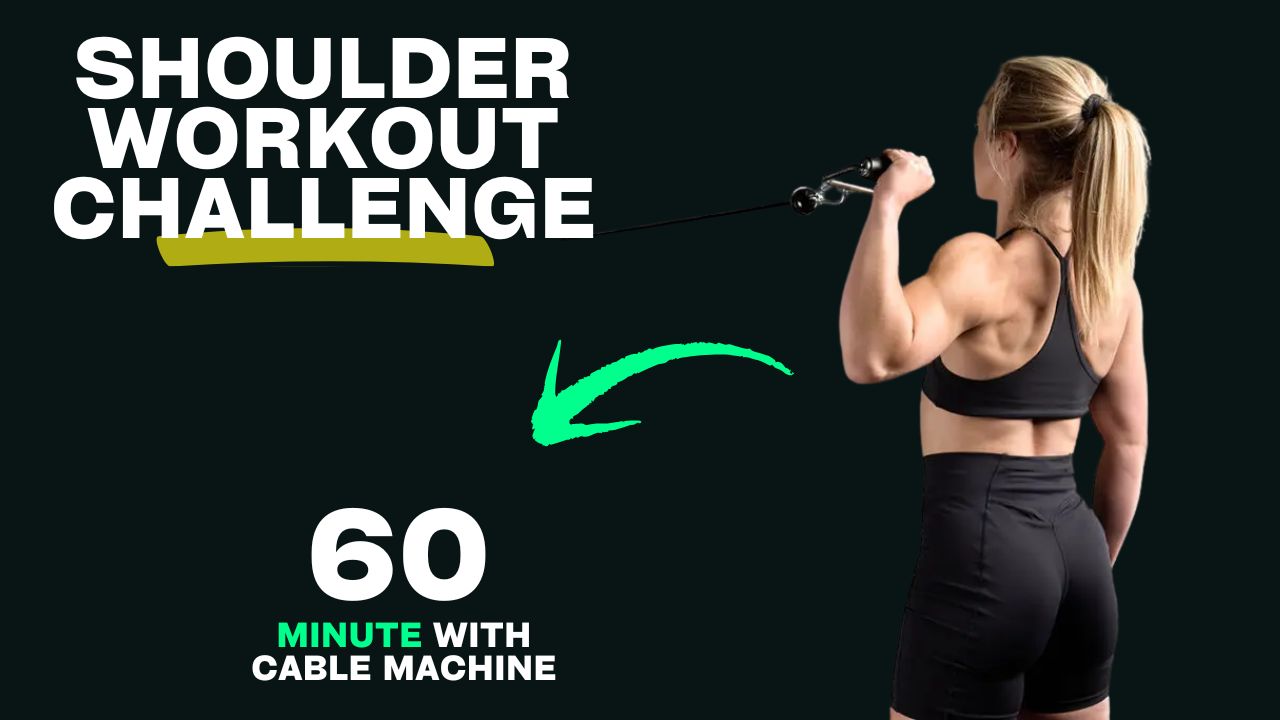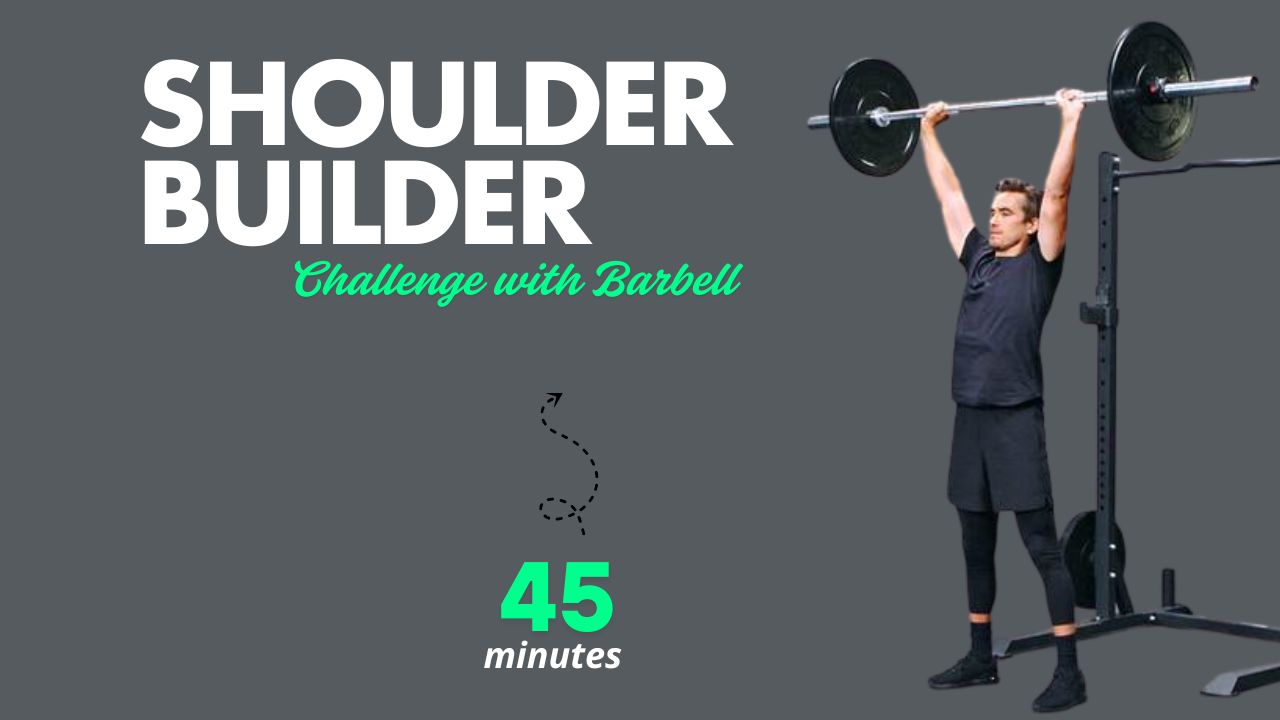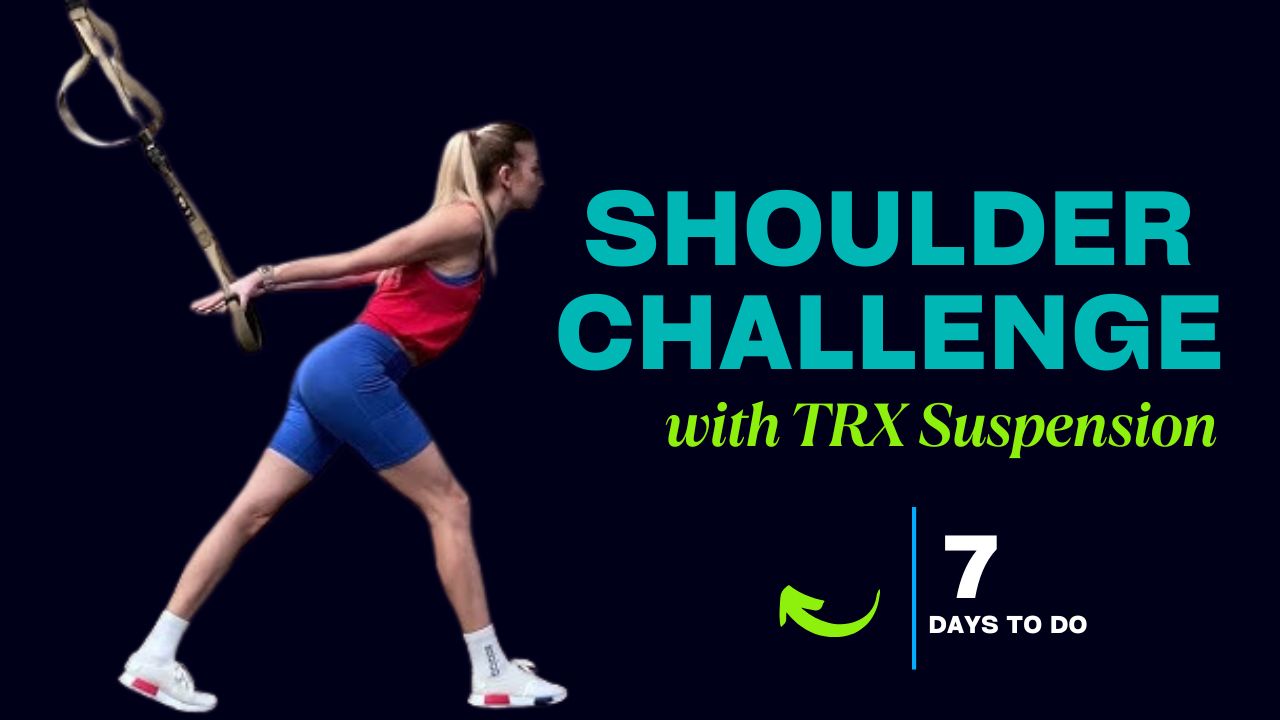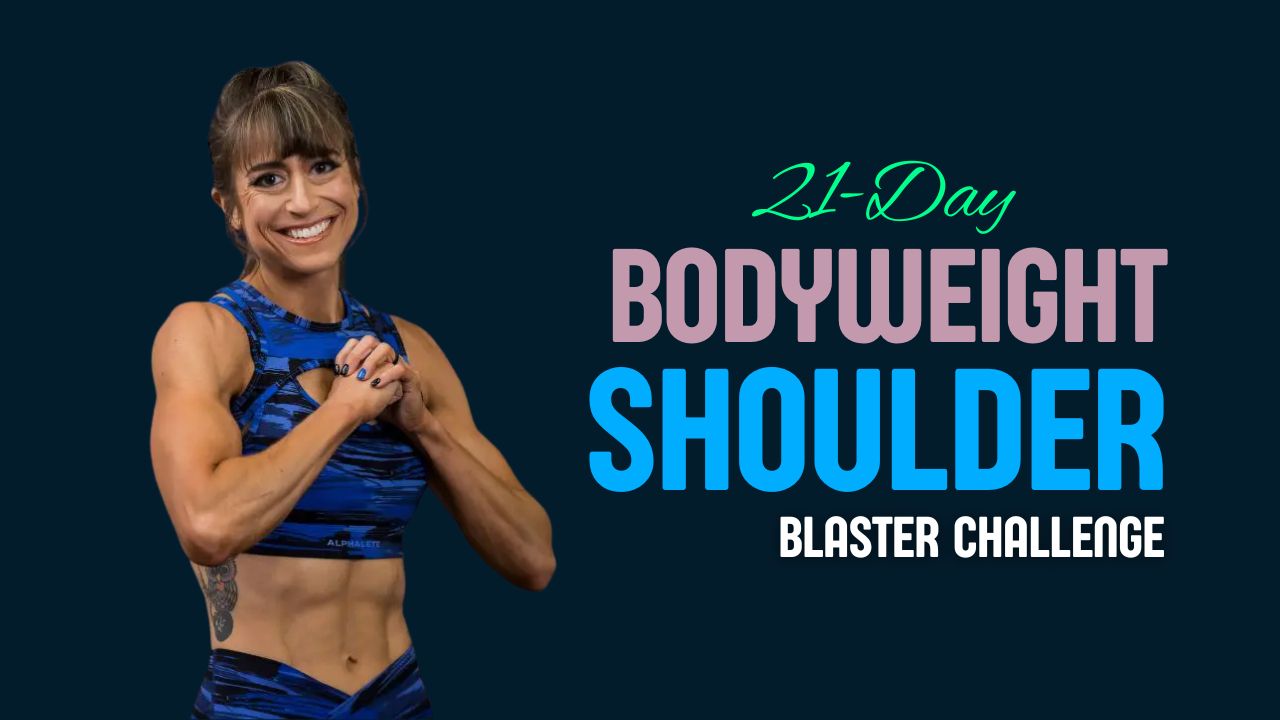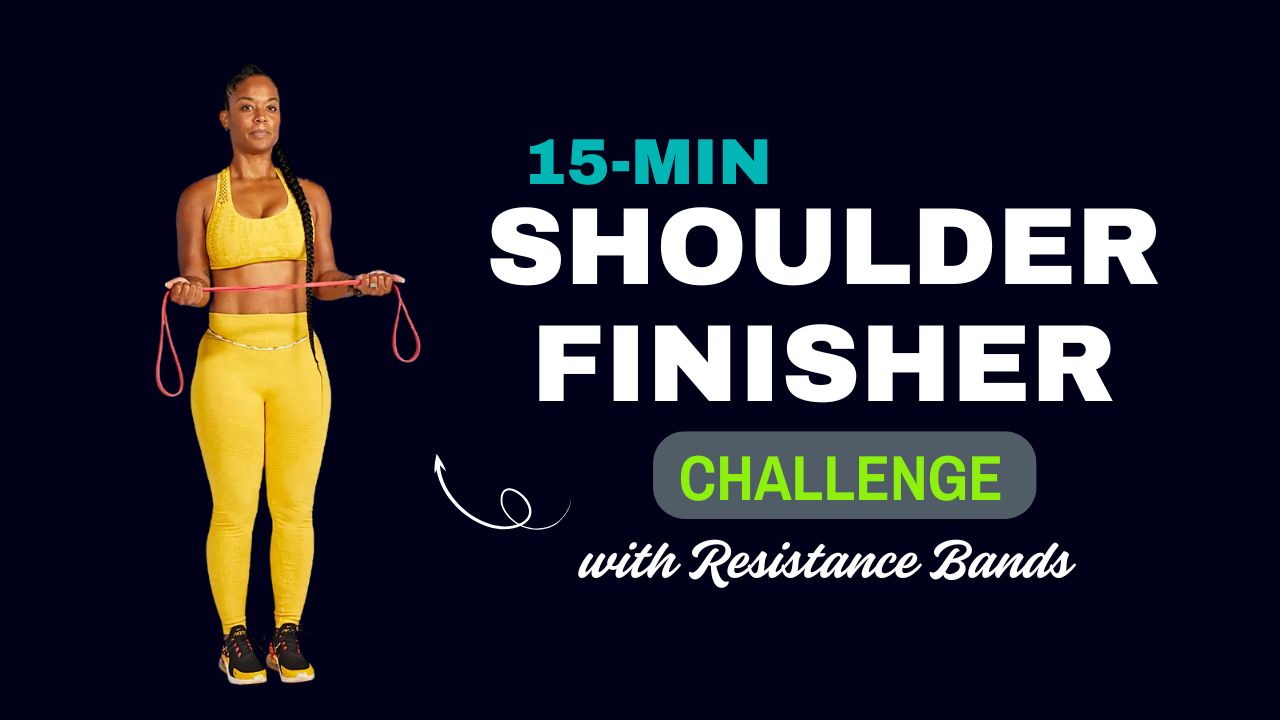What if you could transform your shoulders into strong, sculpted powerhouses in just 90 days — using only a single piece of equipment? That’s not a fantasy.
It’s the power of the medicine ball. This weighted, versatile training tool has been used by athletes, fighters, and even ancient warriors for centuries to improve explosive strength, stability, and muscular definition.
Today, we’re taking the humble medicine ball and building an entire 90-day shoulder transformation challenge that’s effective, engaging, and easy to follow.
Whether you train at home or in the gym, you’ll discover a blueprint to carve powerful deltoids, enhance shoulder endurance, and boost functional strength that supports your everyday movement.
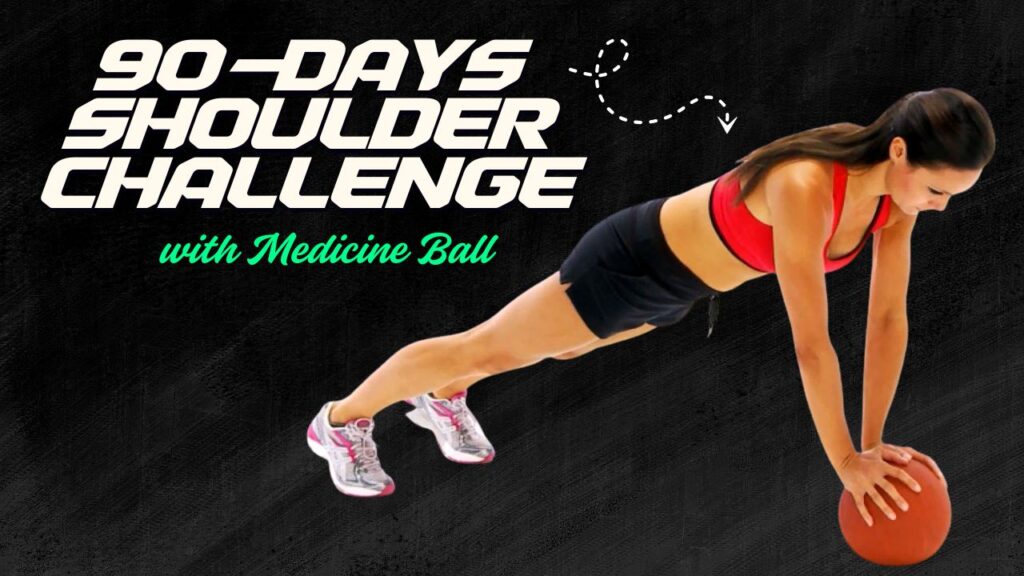
Table of Contents
Why the Medicine Ball for Shoulder Training?
Medicine balls aren’t just for slamming into the floor or tossing against walls. When used strategically, they can help:
- Target all three heads of the deltoid (anterior, lateral, posterior) for complete development.
- Improve rotator cuff stability, reducing the risk of injury.
- Enhance explosive pushing and throwing power for sports performance.
- Train core engagement and balance simultaneously.
Interesting fact: Medicine balls were used by Persian wrestlers over 3,000 years ago to improve grappling strength. The tool hasn’t changed much — because it still works brilliantly.
What Can Happen After 30 Days of the 90-Day Medicine Ball Shoulder Challenge
| Positive Changes | Why It Happens |
|---|---|
| Noticeable increase in shoulder strength. | Consistent resistance training stimulates muscle fibers to adapt and grow stronger. |
| Improved muscle tone and definition in the deltoids. | Targeted exercises activate all three heads of the shoulder, enhancing muscle shape. |
| Better posture and reduced shoulder rounding. | Strengthening the rear delts and stabilizers supports spinal alignment. |
| Enhanced core stability during upper body movements. | Many medicine ball exercises engage the core as a secondary muscle group. |
| Increased endurance for daily activities involving lifting or pushing. | Progressive overload improves muscle stamina and joint efficiency. |
| More confidence in athletic and functional movements. | Stronger, stable shoulders translate to better performance in sports and workouts. |
Do’s and Don’ts for the 90-Day Medicine Ball Shoulder Challenge
| Do’s | Don’ts |
|---|---|
| Warm up for at least 5–8 minutes before each session to prepare your muscles and joints. | Skip the warm-up and jump straight into heavy lifting. |
| Start with a manageable medicine ball weight and gradually increase as your strength improves. | Use a ball that’s too heavy, compromising your form. |
| Focus on controlled movements, especially in isolation exercises. | Rely on momentum to swing the ball instead of using muscle strength. |
| Maintain proper posture — core engaged, shoulders back, and neutral spine. | Slouch or hunch forward during exercises. |
| Rest 45–90 seconds between sets depending on the phase of training. | Rush through sets without proper rest, risking fatigue and poor form. |
| Listen to your body and stop if you feel sharp or unusual pain. | Push through intense pain, which may lead to injury. |
| Perform explosive moves like slams with full power but controlled technique. | Drop or throw the ball carelessly, risking floor damage or injury. |
| Track your progress weekly to stay motivated and accountable. | Ignore progress tracking, making it hard to measure improvement |
The 90-Day Medicine Ball Shoulder Challenge Exercises
Below are eight essential medicine ball challenges for building strength and sculpting definition in your shoulders. Each exercise includes a brief description followed by a detailed “How to” guide so you can perform it correctly and safely.
1. Medicine Ball Overhead Press
Description: This classic move strengthens the anterior (front) and lateral (side) deltoids, while also engaging the triceps and upper traps. The medicine ball creates an extra challenge due to its shape and grip demands.
How to:
- Stand tall with feet shoulder-width apart, holding the medicine ball at chest level.
- Engage your core and press the ball directly overhead until your arms are fully extended.
- Lower the ball back to your chest in a controlled manner.
- Repeat for the desired reps.
Pro tip: Keep your elbows slightly in front of your shoulders to protect your joints.
2. Medicine Ball Front Raise
Description: Isolates the anterior deltoids, creating the rounded front look of the shoulders. Perfect for improving lifting and pushing motions in daily life.
How to:
- Hold the medicine ball with both hands in front of your thighs, palms facing inward.
- With straight arms, lift the ball until it’s at shoulder height.
- Pause briefly, then lower with control.
Myth buster: Many think heavier weights always mean faster results. In reality, shoulder isolation work benefits more from controlled, moderate resistance for muscle definition.
3. Medicine Ball Lateral Raise
Description: Builds width in your shoulders by targeting the lateral deltoids. The ball’s shape engages stabilizers more than dumbbells do.
How to:
- Stand with feet hip-width apart, holding the ball with both hands in front of your waist.
- Raise the ball to the side until arms are parallel to the floor.
- Slowly lower to starting position.
Tip: Keep your wrists neutral — don’t let them bend inward or outward.
4. Medicine Ball Shoulder Circles
Description: Great for endurance and mobility, this exercise involves rotating the medicine ball around your head, firing all three deltoid heads and the traps.
How to:
- Hold the ball at chest height.
- Circle it around your head in a slow, controlled motion, keeping elbows slightly bent.
- Complete all reps in one direction, then reverse.
Did you know? Shoulder mobility plays a major role in reducing neck tension and improving posture.
5. Medicine Ball Push Press
Description: Combines leg drive with upper body pressing power, developing explosive force in the shoulders and triceps.
How to:
- Hold the ball at shoulder height.
- Slightly bend your knees, then explosively extend your legs while pressing the ball overhead.
- Lower to starting position and repeat.
Performance note: This is a great athletic movement for sports like basketball, volleyball, and boxing.
6. Medicine Ball Figure-8 Pass
Description: While this move seems like a core exercise, it places constant tension on the shoulders, especially the anterior and rotator cuff muscles.
How to:
- Stand with feet wider than shoulder-width, holding the ball in front of you.
- Pass the ball between your legs in a figure-8 pattern.
- Keep your chest tall and core engaged throughout.
Extra benefit: Improves coordination and grip strength.
7. Medicine Ball Reverse Fly
Description: Targets the posterior (rear) delts, which are often neglected but crucial for balanced shoulder development and posture.
How to:
- Stand with feet hip-width apart, holding the ball with both hands.
- Hinge forward slightly at the hips.
- With a slight bend in elbows, raise the ball outward until arms are parallel to the floor.
- Slowly return to start.
Posture fact: Strong rear delts help prevent rounded shoulders caused by excessive sitting or computer use.
8. Medicine Ball Slam (Overhead)
Description: A power move that works the shoulders dynamically while also engaging the lats, core, and legs.
How to:
- Stand tall holding the ball overhead.
- Forcefully slam it down to the floor in front of you.
- Pick it up quickly and repeat.
Energy booster: This move spikes your heart rate while building functional strength.
90-Day Medicine Ball Shoulder Challenge Routine
This program is split into three progressive phases:
- Phase 1 (Weeks 1–4): Focus on form, building endurance, and joint stability.
- Phase 2 (Weeks 5–8): Increase resistance and intensity.
- Phase 3 (Weeks 9–12): Maximize power and muscle definition with explosive variations.
Training Schedule & Sets/Reps
| Exercise | Phase 1 (Weeks 1–4) | Phase 2 (Weeks 5–8) | Phase 3 (Weeks 9–12) |
|---|---|---|---|
| Overhead Press | 3 sets x 12 reps | 4 sets x 10 reps | 4 sets x 8 reps (heavier ball) |
| Front Raise | 3 x 12 | 4 x 10 | 4 x 8 (slower tempo) |
| Lateral Raise | 3 x 12 | 4 x 10 | 4 x 8 (add 1-sec pause at top) |
| Shoulder Circles | 2 x 10 each way | 3 x 12 each way | 3 x 15 each way |
| Push Press | 3 x 10 | 4 x 8 | 4 x 6 (explosive) |
| Figure-8 Pass | 3 x 20 passes | 4 x 24 passes | 4 x 30 passes |
| Reverse Fly | 3 x 12 | 4 x 10 | 4 x 8 (slower eccentric) |
| Overhead Slam | 3 x 8 | 4 x 10 | 4 x 12 (faster pace) |
Rest between sets: 45–60 seconds in Phase 1, 60–75 seconds in Phase 2, and 75–90 seconds in Phase 3.
Extra Tips for Success
- Warm up with 5–8 minutes of dynamic mobility work before training.
- Use a moderately weighted medicine ball (4–8 kg for beginners, 8–12 kg for experienced lifters).
- Focus on controlled movements in isolation exercises and explosiveness in power moves.
- Track your progress — either by weight used, reps completed, or reduced rest times.
Final Thoughts
The 90-Day Medicine Ball Shoulder Challenge is more than just a workout plan — it’s a structured journey toward building strong, sculpted, and functional shoulders.
By blending strength, endurance, and explosive training into one progressive routine, you’re not only shaping your deltoids for visual impact but also enhancing your posture, joint health, and everyday movement efficiency.
Stick to the plan, focus on proper form, and embrace gradual progression. Remember, true transformation comes from consistency, smart training, and giving your muscles the right balance of challenge and recovery.
At the end of these 90 days, you won’t just have more powerful shoulders — you’ll have a new level of athleticism and confidence that carries over into every aspect of your life.
Frequently Asked Questions (FAQs)
Can beginners follow this 90-day medicine ball shoulder challenge?
Yes. Beginners can start with a lighter medicine ball (4–6 kg) and focus on mastering form in Phase 1 before increasing weight or intensity in later phases.
How heavy should my medicine ball be for shoulder training?
A weight that challenges you but still allows you to maintain proper form is ideal. For most people, 4–8 kg works well for isolation moves, while 8–12 kg is suitable for power exercises.
Do I need to train every day?
No. This program is designed for 3–4 sessions per week, allowing your shoulders time to recover and grow.
Will this workout also improve my posture?
Yes. Strengthening all three heads of the deltoid, along with the rear shoulder muscles, helps reduce rounded shoulders and supports better posture.
Can I combine this with other upper body workouts?
Absolutely. Just avoid overtraining by leaving at least 48 hours between intense shoulder sessions to prevent strain.
What if I don’t have a medicine ball?
You can substitute with a sandbag, slam ball, or even a weighted backpack, though a medicine ball offers better grip and control for certain moves.
How soon will I see results?
Most people notice improvements in strength and muscle tone within 4–6 weeks, with more dramatic changes by the end of the 90 days if they follow the plan consistently.
Is this challenge safe for people with shoulder injuries?
If you have a history of shoulder injuries, consult a physiotherapist or healthcare provider before starting. Some moves can be modified to reduce strain.
Do I need special flooring for medicine ball slams?
A shock-absorbing surface like rubber gym flooring is recommended to protect both the floor and your ball during high-impact moves.
Can this workout help in sports performance?
Yes. Explosive medicine ball moves like the push press and slams can improve power, reaction time, and functional strength, making it beneficial for athletes in many sports.
